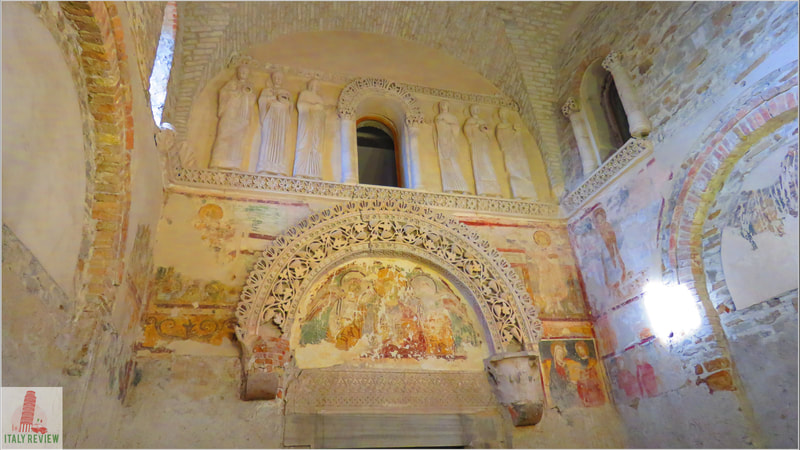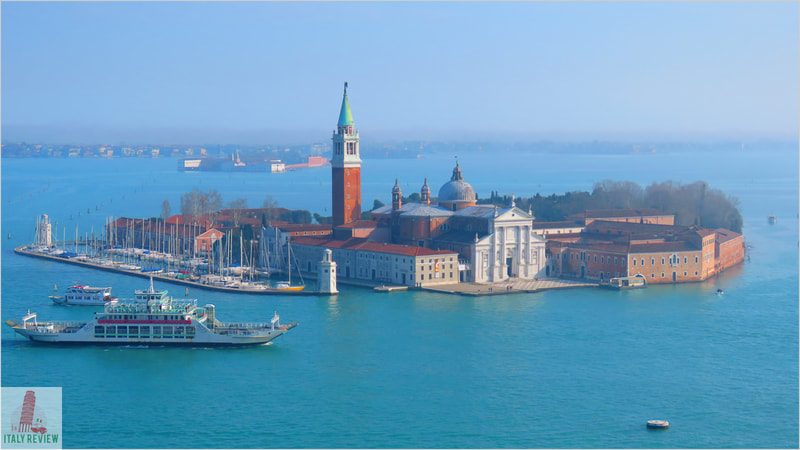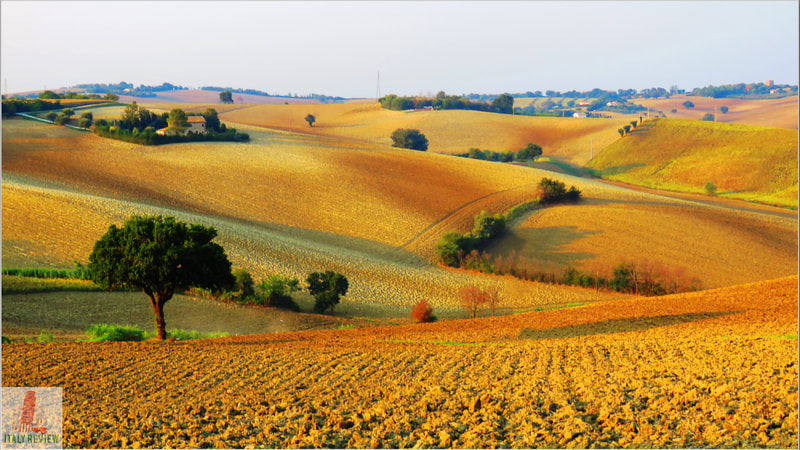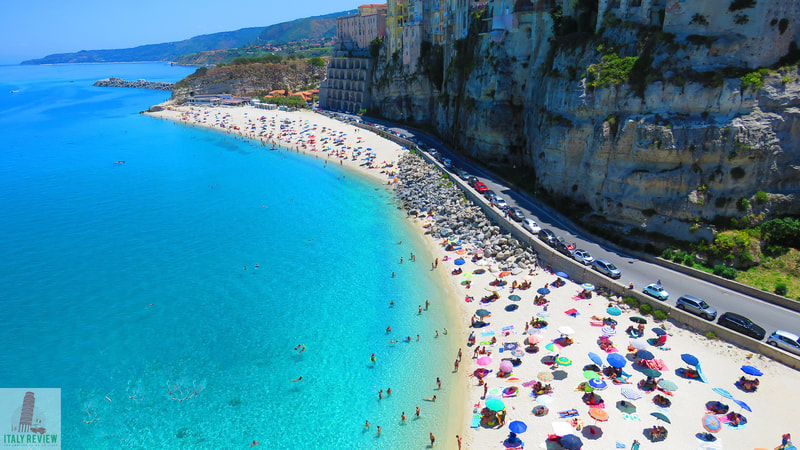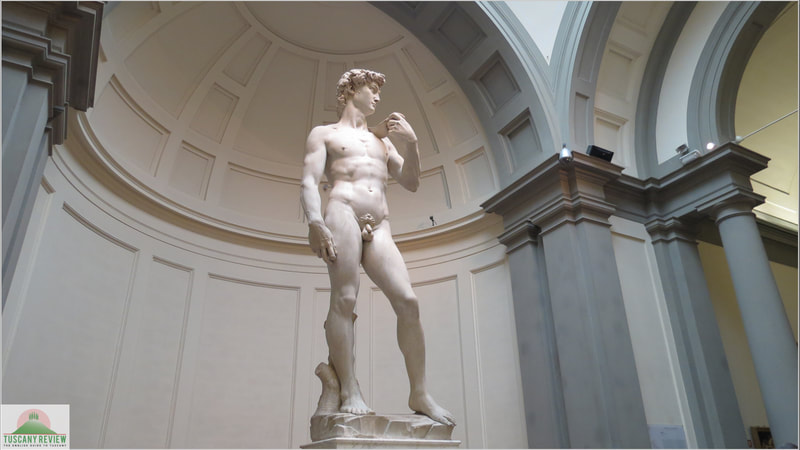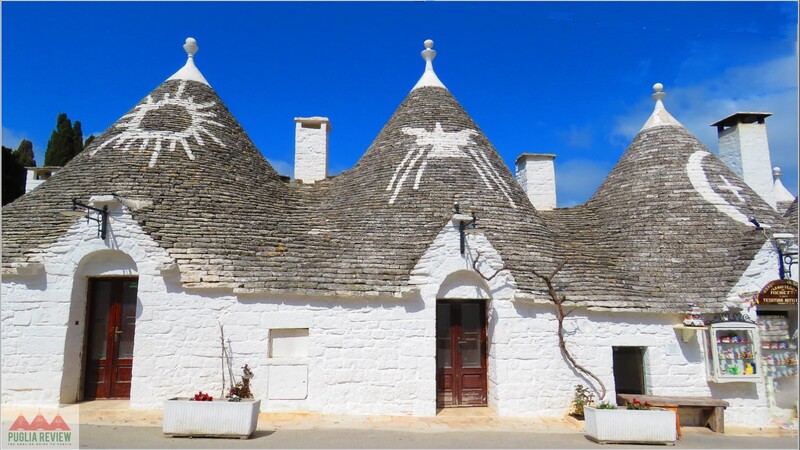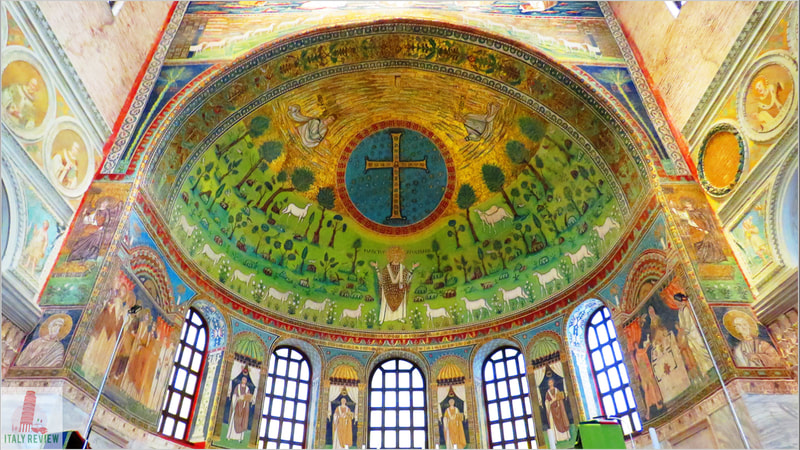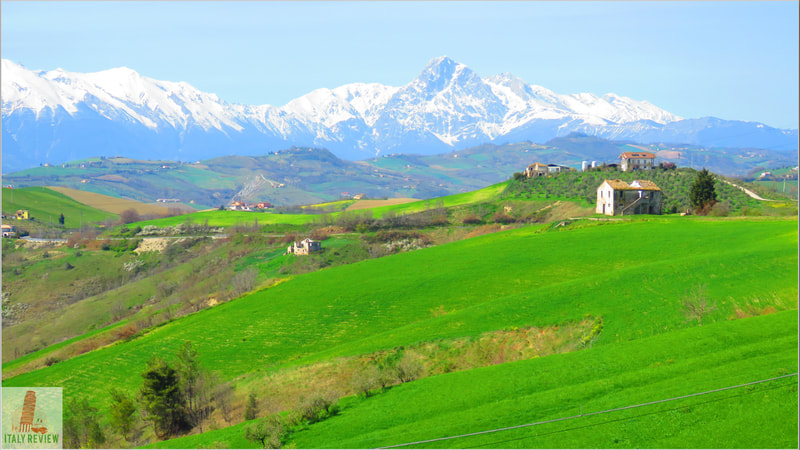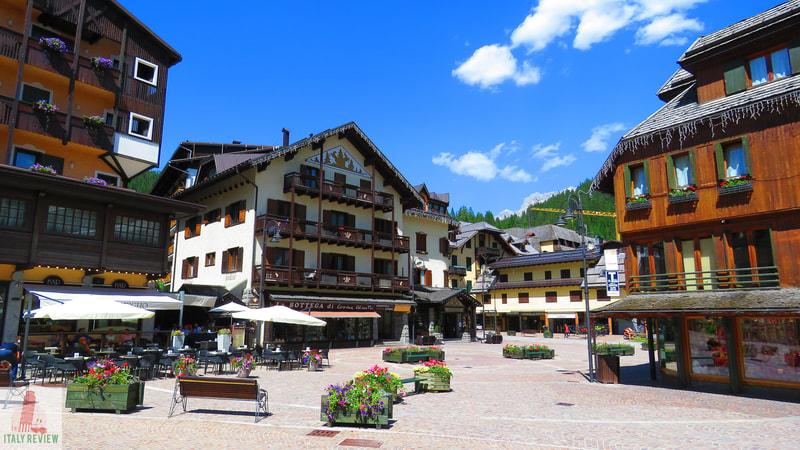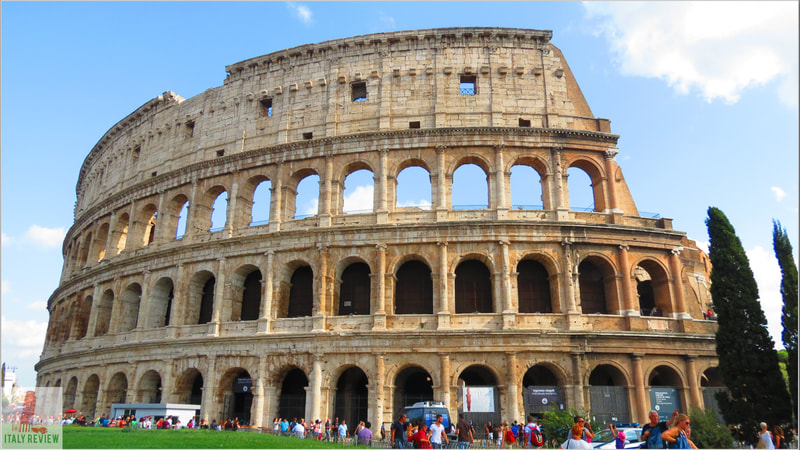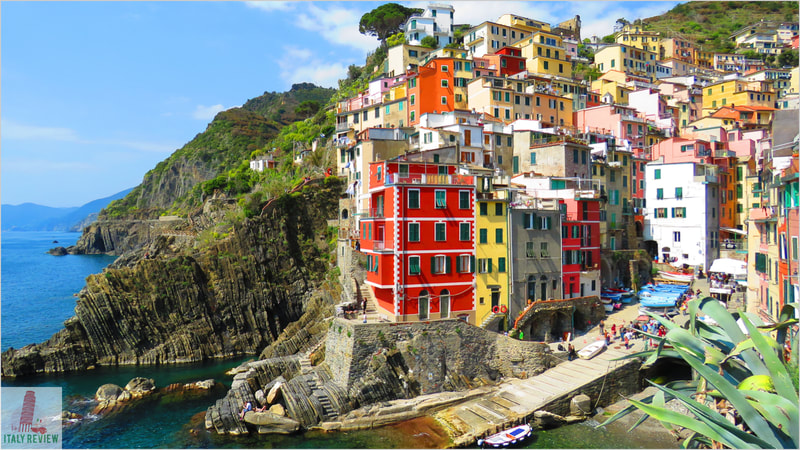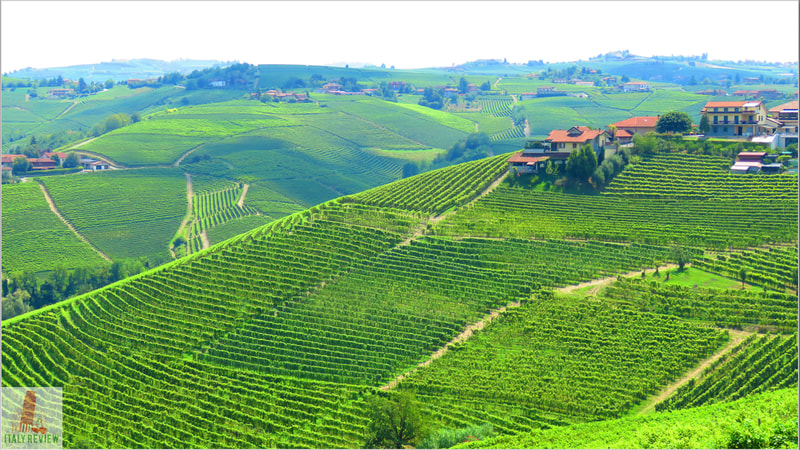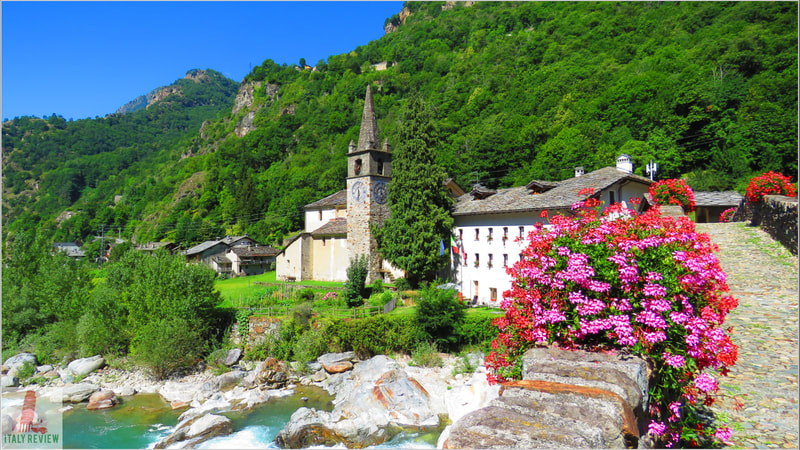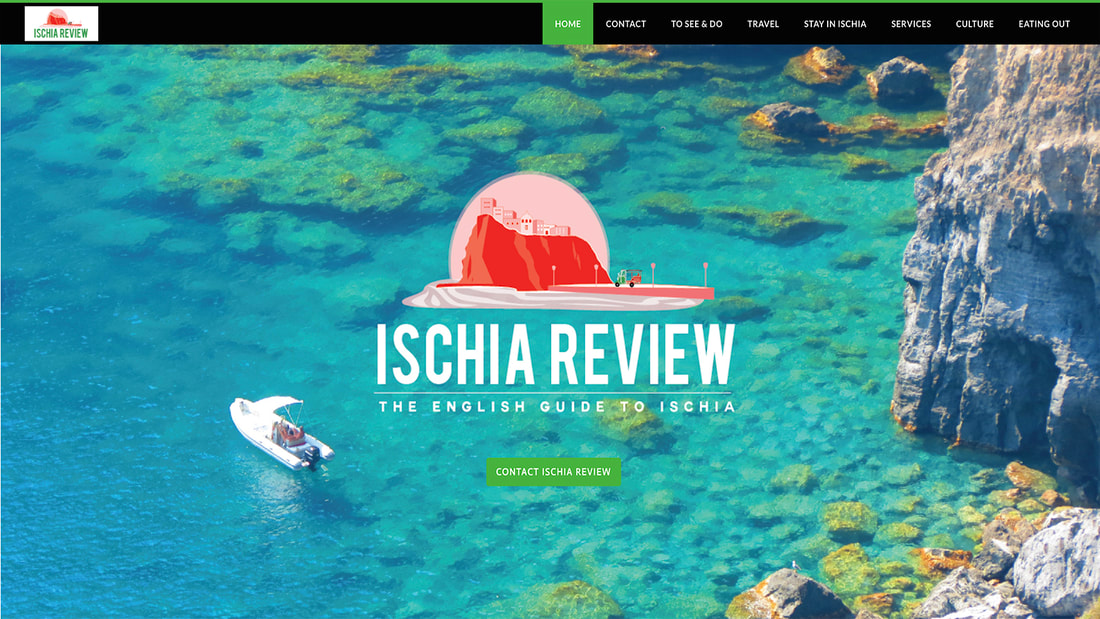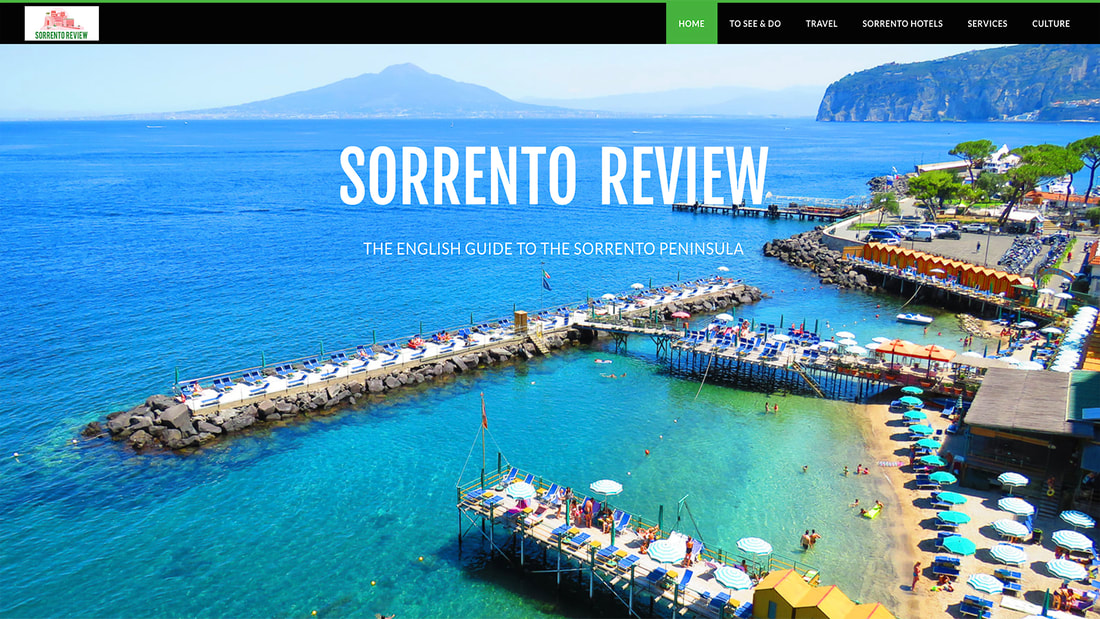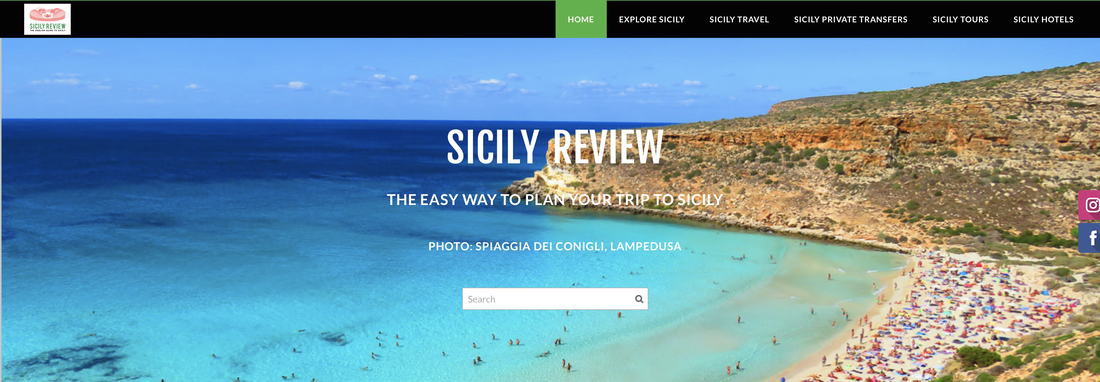Cividale del Friuli
|
By Dion Protani
|
Latest update: 30 December 2023
|
|
The historic town of Cividale del Friuli is situated a short distance from the city of Udine but even closer to the Slovenian border.
Once part of the former Province of Udine, Cividale del Friuli is now the main town of the UTI del Natisone. The town itself has been a UNESCO World Heritage site since 1990 when the Gastalgalda and Episcopical Complex were included in the list of Longobard Places of Power and during the 6th century the town was the capital of the Lombard kingdom. |
Related links
Illustrious past
Located sixteen kilometres east of Udine, the present-day Cividale is a quiet, provincial town with an attractive medieval centre and bucolic views across the River Natisone. However, quiet and unassuming as the modern-day town maybe, it conceals an illustrious and at times turbulent past.
No less than Julius Caesar founded the town in 50 BC, at which point it was given the name Forum Iulii. In time the name became shortened to Friuli which was later used as the name for the whole region and in modern times forms part of the regional name of Friuli Venezia Giulia.
Despite having Julius Caesar as its founder, Cividale's most important era of historical importance came much later. In 568 AD the Germanic tribe of Lombards conquered much of the Italian peninsula and made Cividale their first capital. It remained a vital cog in the Lombard empire until 774 when the Franks under Charlemagne took control and renamed it Civitas Austriae. Later years saw the town annexed to the Republic of Venice (1420) and later still to the Kingdom of Italy in 1866.
No less than Julius Caesar founded the town in 50 BC, at which point it was given the name Forum Iulii. In time the name became shortened to Friuli which was later used as the name for the whole region and in modern times forms part of the regional name of Friuli Venezia Giulia.
Despite having Julius Caesar as its founder, Cividale's most important era of historical importance came much later. In 568 AD the Germanic tribe of Lombards conquered much of the Italian peninsula and made Cividale their first capital. It remained a vital cog in the Lombard empire until 774 when the Franks under Charlemagne took control and renamed it Civitas Austriae. Later years saw the town annexed to the Republic of Venice (1420) and later still to the Kingdom of Italy in 1866.
UNESCO World Heritage Site
It is however to that period of Lombard rule that Cividale del Friuli owes its greatest acclaim and its most interesting sight. The town straddles the Natisone River and the sense of history is tangible as you cross the Ponte del Diavolo bridge and walk Cividale del Friuli's medieval streets.
The centro storico occupies the area on the West Bank of the river and it is here on the river bank that the complex of the Tempietto Longobardo can be found, within the Monastery of Santa Maria in Valle. The complex has several names in fact and the one used by UNESCO is the Gastalgada and Episcopal complex.
It's widely-regarded as the most important standing structure from the Lombard (Longobard) period of rule, dating back to the 8th century. Among the artwork on display inside the complex is an archway above which are six female figures in stucco.
The centro storico occupies the area on the West Bank of the river and it is here on the river bank that the complex of the Tempietto Longobardo can be found, within the Monastery of Santa Maria in Valle. The complex has several names in fact and the one used by UNESCO is the Gastalgada and Episcopal complex.
It's widely-regarded as the most important standing structure from the Lombard (Longobard) period of rule, dating back to the 8th century. Among the artwork on display inside the complex is an archway above which are six female figures in stucco.
Exploring the centro storico
The Tempietto Longobardo or Lombard Complex is without doubt the highlight of the town's historic centre but there's a good deal more to see besides. Beyond the complex on the same side of the river is the tiny church of Chiesa di San Pietro e San Biagio with an exquisite facade of colourful 16th century frescoes.
This small church lies to the east of the main area of sights and can be accessed via one of the main archways that lead around the medieval streets. Just a short distance from the Tempeietto Longobardo back towards the centre is Piazza del Duomo, home to the Cividale Cathedral whose star exhibit is an 8th century altarpiece called the Altar of Ratchis.
Also on the same Piazza is the Museo Nazionale Archeologico which is housed within the Palazzo Pretorio, designed by legendary Italian architect Andrea Palladio. The archaeological museum displays a variety of exhibits including Roman jewellery and Byzantine mosaics.
This small church lies to the east of the main area of sights and can be accessed via one of the main archways that lead around the medieval streets. Just a short distance from the Tempeietto Longobardo back towards the centre is Piazza del Duomo, home to the Cividale Cathedral whose star exhibit is an 8th century altarpiece called the Altar of Ratchis.
Also on the same Piazza is the Museo Nazionale Archeologico which is housed within the Palazzo Pretorio, designed by legendary Italian architect Andrea Palladio. The archaeological museum displays a variety of exhibits including Roman jewellery and Byzantine mosaics.
The main square
Cividale's most attractive square is the Piazza Paolo Diacono; it's one of the favourite meeting points in the town and around its edges are a series of beautiful medieval buildings arranged in various colours. This is a good place to soak up the general atmosphere of the town, shop or grab a bite to eat.
Public transport services for the town include trains and buses. The Cividale train station is located a ten minute walk (850 metres) north west of Piazza Diacono. Trains and buses run west to the town of Udine with a journey time of around 25 minutes.
Udine is one of the greatest cities in north-eastern Italy and well-deserving of some time to explore it. South east of Cividale is the border town of Gorizia with an interesting mix of Italian and Slovenian cultures, while the best seaside town in the area is Grado, an hour's drive away.
Public transport services for the town include trains and buses. The Cividale train station is located a ten minute walk (850 metres) north west of Piazza Diacono. Trains and buses run west to the town of Udine with a journey time of around 25 minutes.
Udine is one of the greatest cities in north-eastern Italy and well-deserving of some time to explore it. South east of Cividale is the border town of Gorizia with an interesting mix of Italian and Slovenian cultures, while the best seaside town in the area is Grado, an hour's drive away.
Comune di Cividale del Friuli
|
Territory: UTI del Natisone
Region: Friuli Venezia Giulia Population: 10,875 (source: ISTAT 1 January 2023) Total size: 50 km² Elevation: 135 metres Highlights: Monastery of Santa Maria in Valle, Ponte del Diavolo Close by: Udine, Cormons, San Daniele del Friuli, Spilimbergo Recommended accommodation: Hotel Locanda al Pomo d'Oro |
UNESCO World Heritage Site
Longobards in Italy: Places of the Power (568-774 A.D.)
Site: The Gastalgada area and the Episcopal Complex
Year: 2011
Longobards in Italy: Places of the Power (568-774 A.D.)
Site: The Gastalgada area and the Episcopal Complex
Year: 2011





